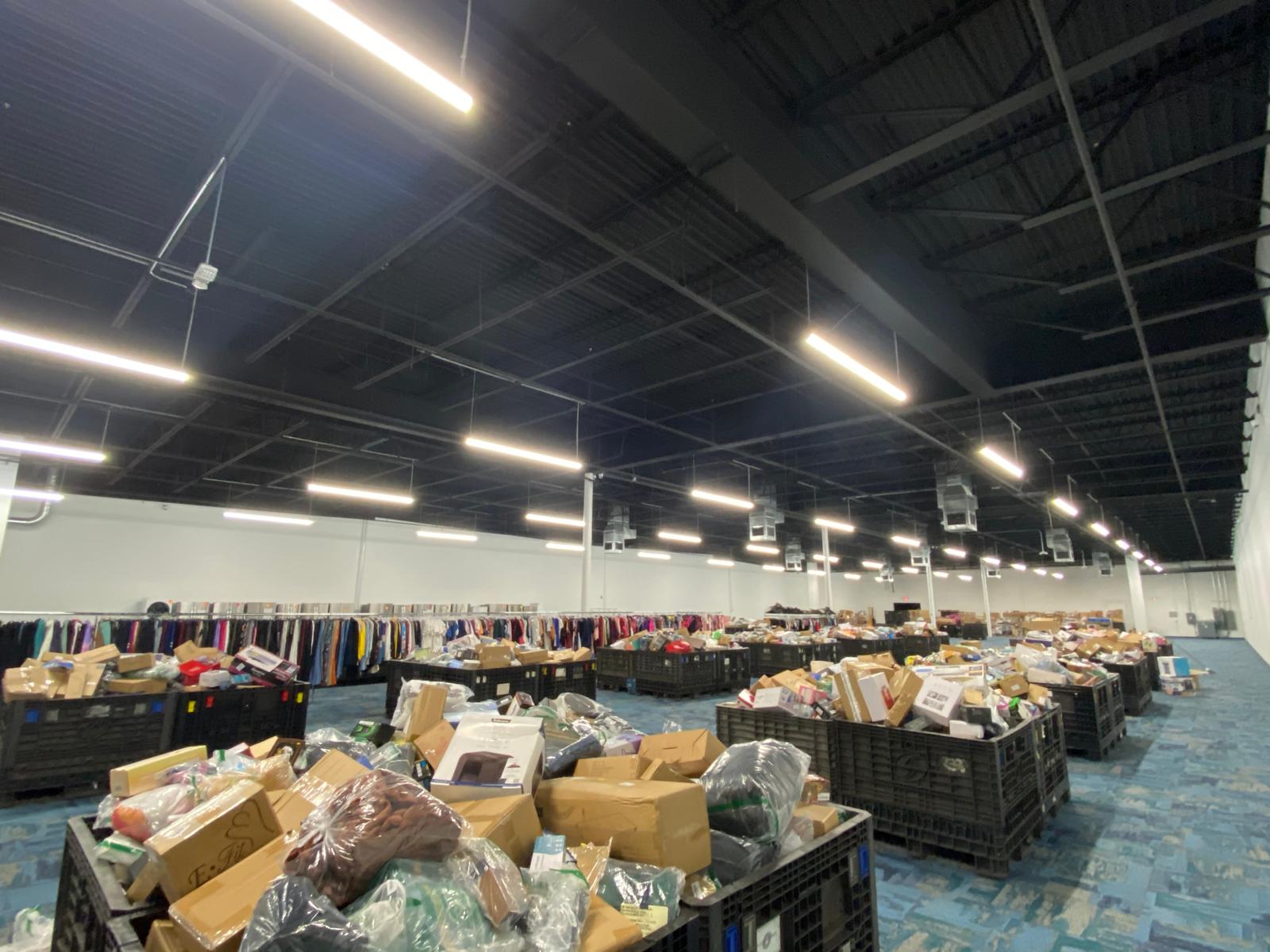In the ever-evolving landscape of retail, liquidation bin stores have emerged as intriguing players, offering consumers a treasure trove of discounted merchandise while navigating the complex world of excess inventory. In this article, we'll delve into what exactly a bin store in the liquidation world is and explore the mechanisms behind how they make money in this dynamic market.
Understanding Liquidation Bin Stores
Liquidation bin stores, also known as "bargain bins" or "discount bins," are retail outlets that specialize in selling merchandise acquired through liquidation processes. These stores serve as intermediaries between manufacturers, retailers, and consumers, capitalizing on excess inventory, returned items, overstock goods, or products from store closures.
Unlike traditional retail stores with fixed pricing, liquidation bin stores adopt a unique approach to pricing and merchandising. They often organize their inventory in large bins, pallets, or containers, allowing customers to sift through assorted items and discover hidden gems at deeply discounted prices.
How Liquidation Bin Stores Make Money
While the concept of liquidation bin stores may seem straightforward, their profitability hinges on several key factors:
-
Acquiring Inventory at Low Cost: The cornerstone of a liquidation bin store's profitability lies in its ability to source inventory at rock-bottom prices. These stores often purchase merchandise in bulk from manufacturers, retailers, or wholesalers at significantly discounted rates. This includes excess inventory, customer returns, shelf pulls, discontinued items, or overstock goods.
-
Dynamic Pricing Strategy: Liquidation bin stores employ dynamic pricing strategies to maximize revenue and clear inventory efficiently. Items are typically priced based on their perceived value, condition, demand, and market trends. By offering products at varying price points, these stores appeal to a broad spectrum of customers with different budgets and preferences.
-
Volume Sales and Turnover: Volume sales and rapid inventory turnover are essential drivers of profitability for liquidation bin stores. By selling merchandise in bulk and constantly replenishing their inventory with new arrivals, these stores can generate substantial revenue despite offering steep discounts. High turnover rates also help mitigate storage costs and prevent inventory stagnation.
-
Merchandising and Customer Experience: Effective merchandising and a positive customer experience are critical for attracting and retaining customers in the competitive retail landscape. Liquidation bin stores invest in creating an engaging shopping environment, optimizing product displays, and providing exceptional customer service to enhance the overall shopping experience and encourage repeat business.
-
Online Presence and Multi-Channel Sales: Many liquidation bin stores complement their brick-and-mortar operations with online sales channels to reach a broader audience and increase sales. By leveraging e-commerce platforms, social media, and digital marketing strategies, these stores can extend their reach beyond their physical locations and tap into the growing trend of online shopping.
Conclusion: Tapping into Bargains and Profits
In conclusion, liquidation bin stores play a vital role in the retail ecosystem, offering consumers access to discounted merchandise while capitalizing on the opportunities presented by excess inventory. Through strategic sourcing, dynamic pricing, volume sales, effective merchandising, and multi-channel sales strategies, these stores can thrive and prosper in the competitive retail landscape, providing value for both consumers and retailers alike.
Whether you're a savvy bargain hunter or an aspiring entrepreneur, the world of liquidation bin stores presents an intriguing intersection of value, opportunity, and profitability.
Ready to Dive into Bargain Bin Treasures? Visit a Liquidation Bin Store Near You Today!

